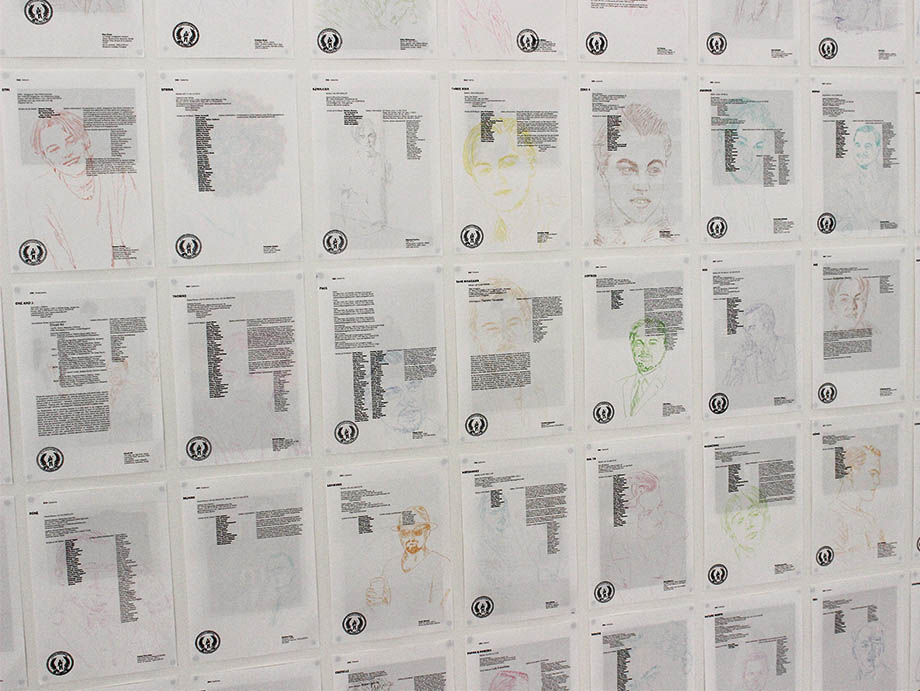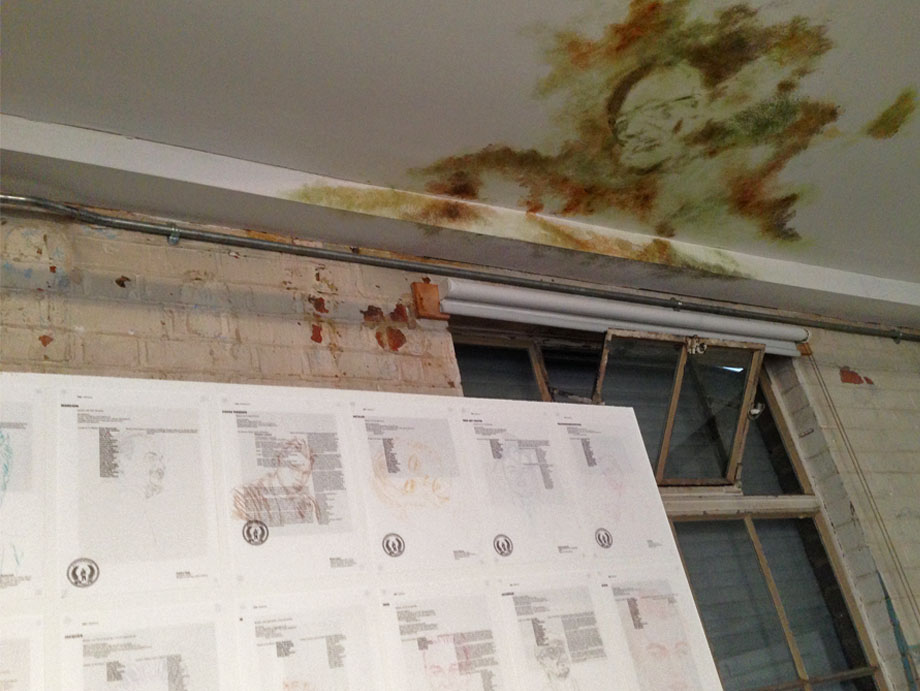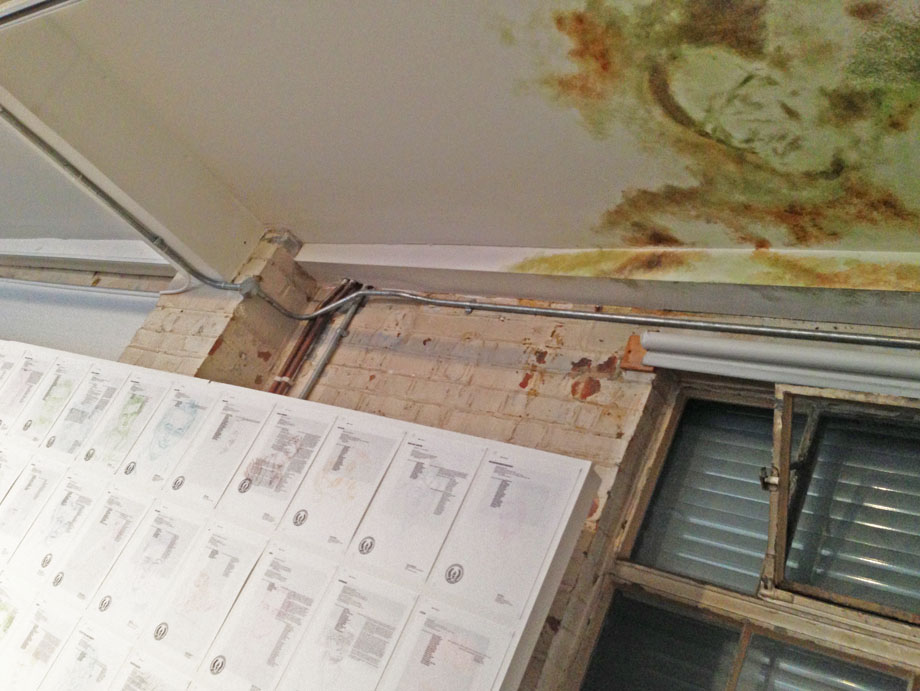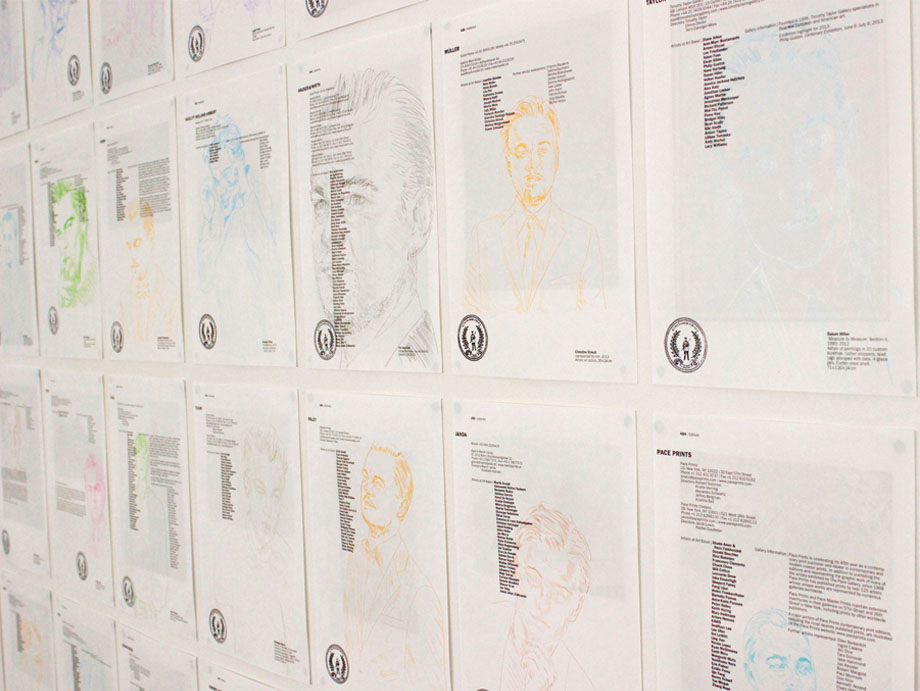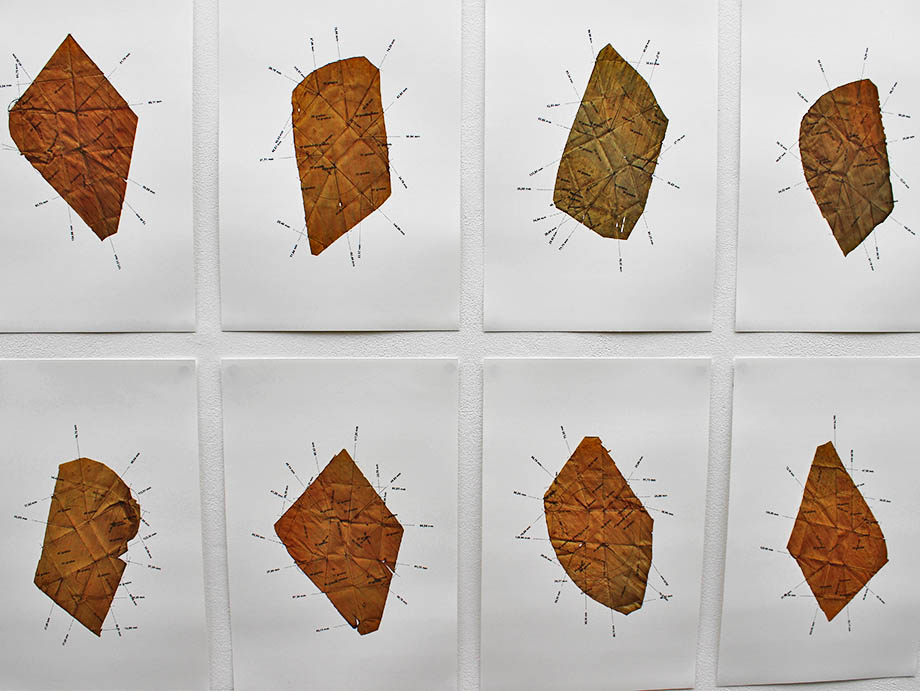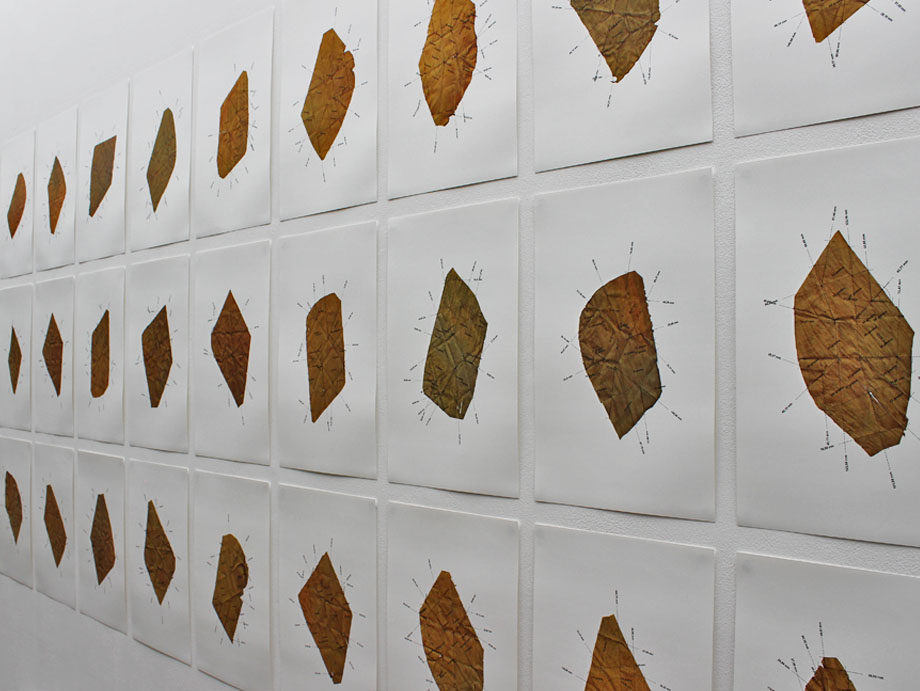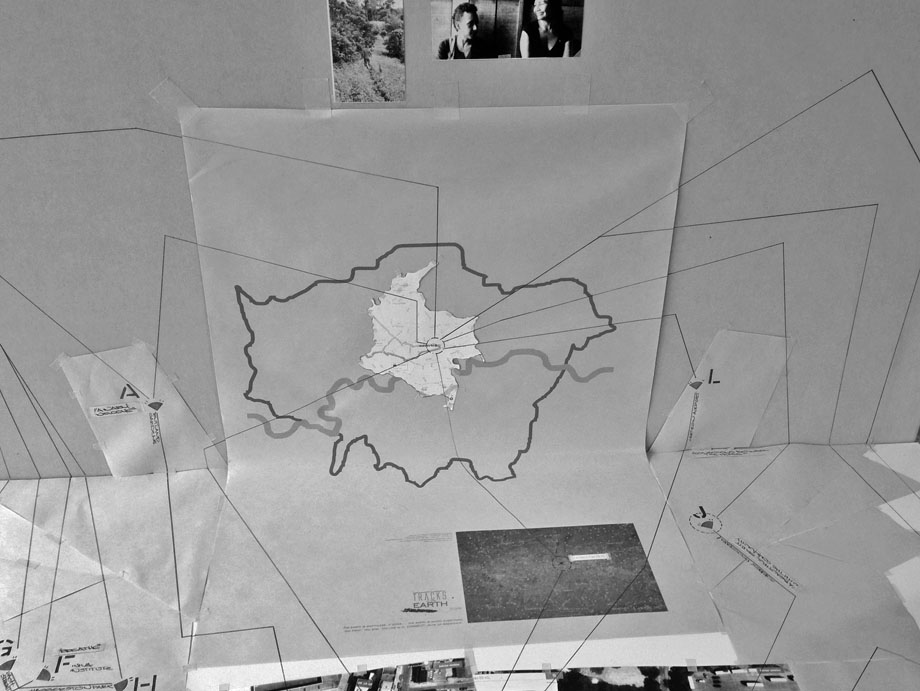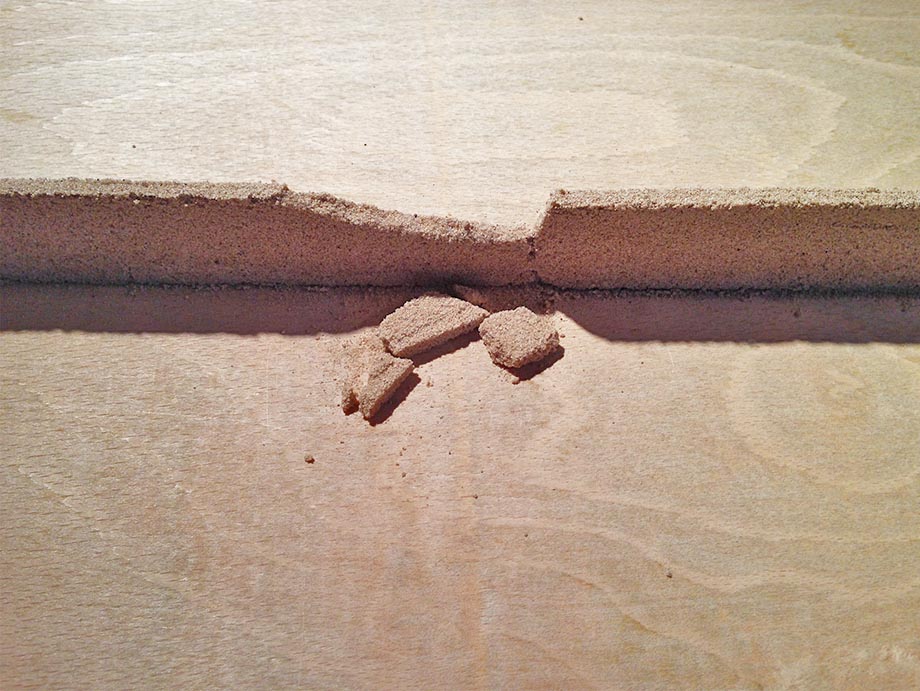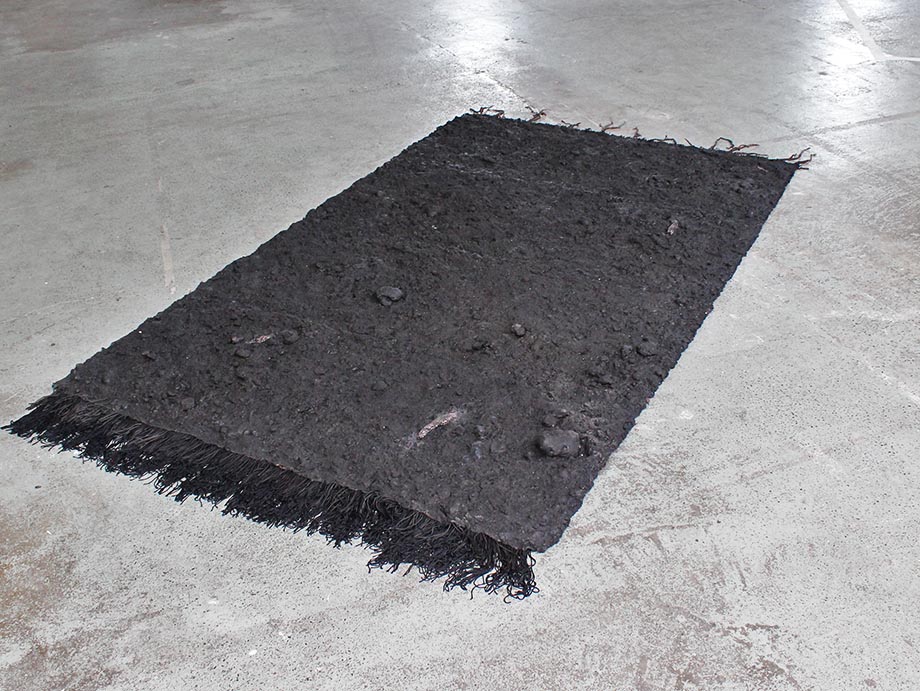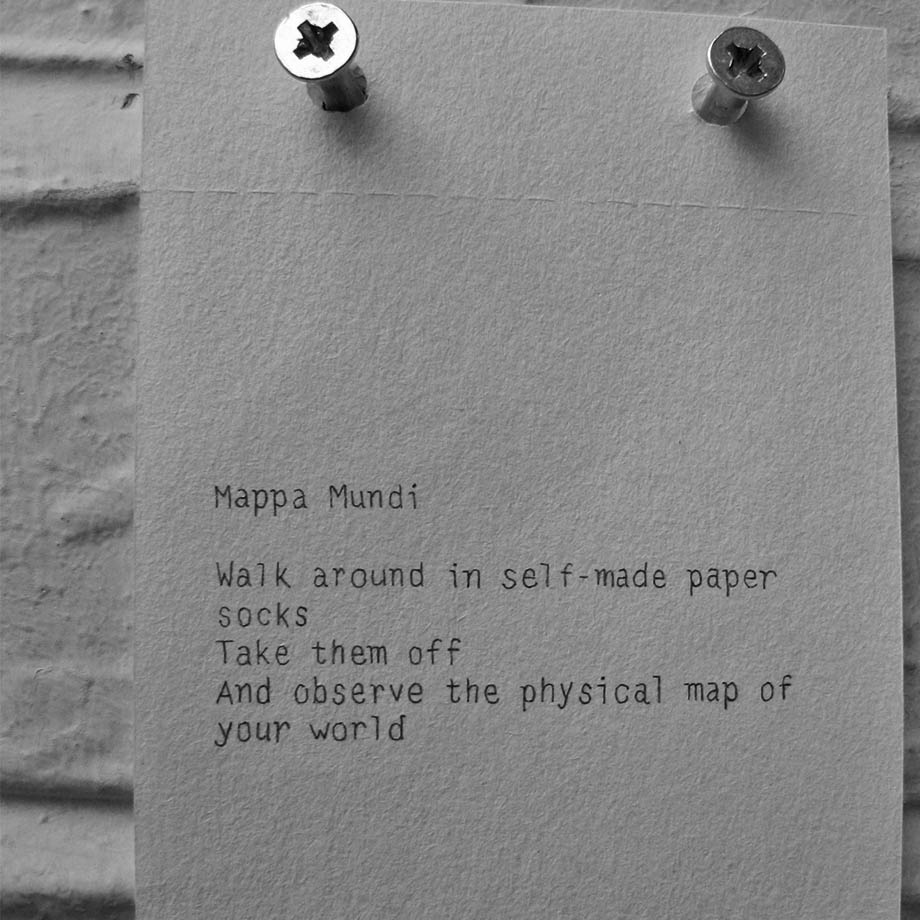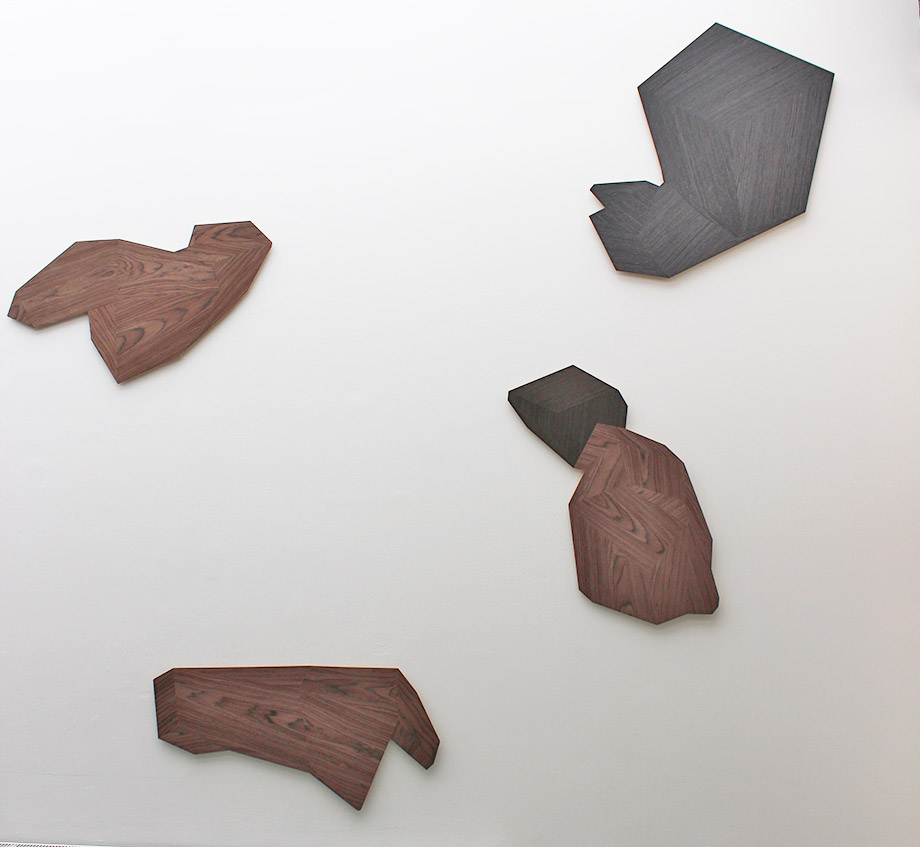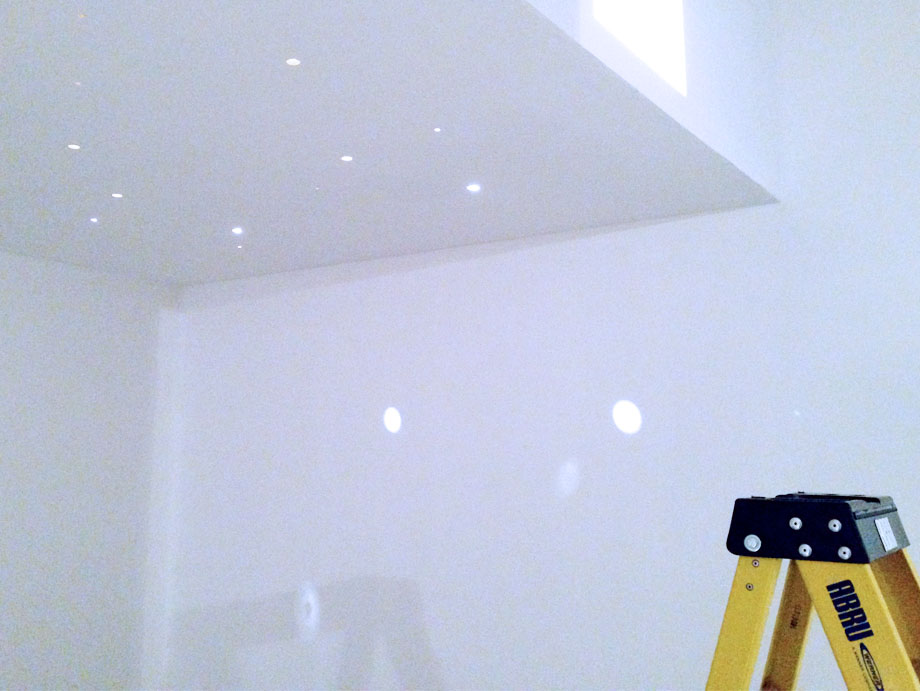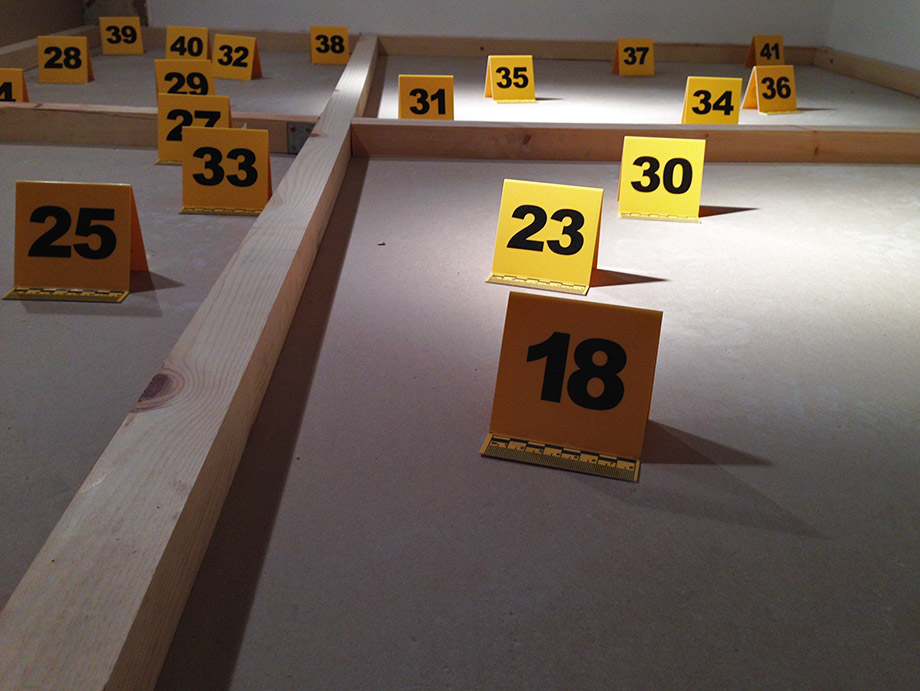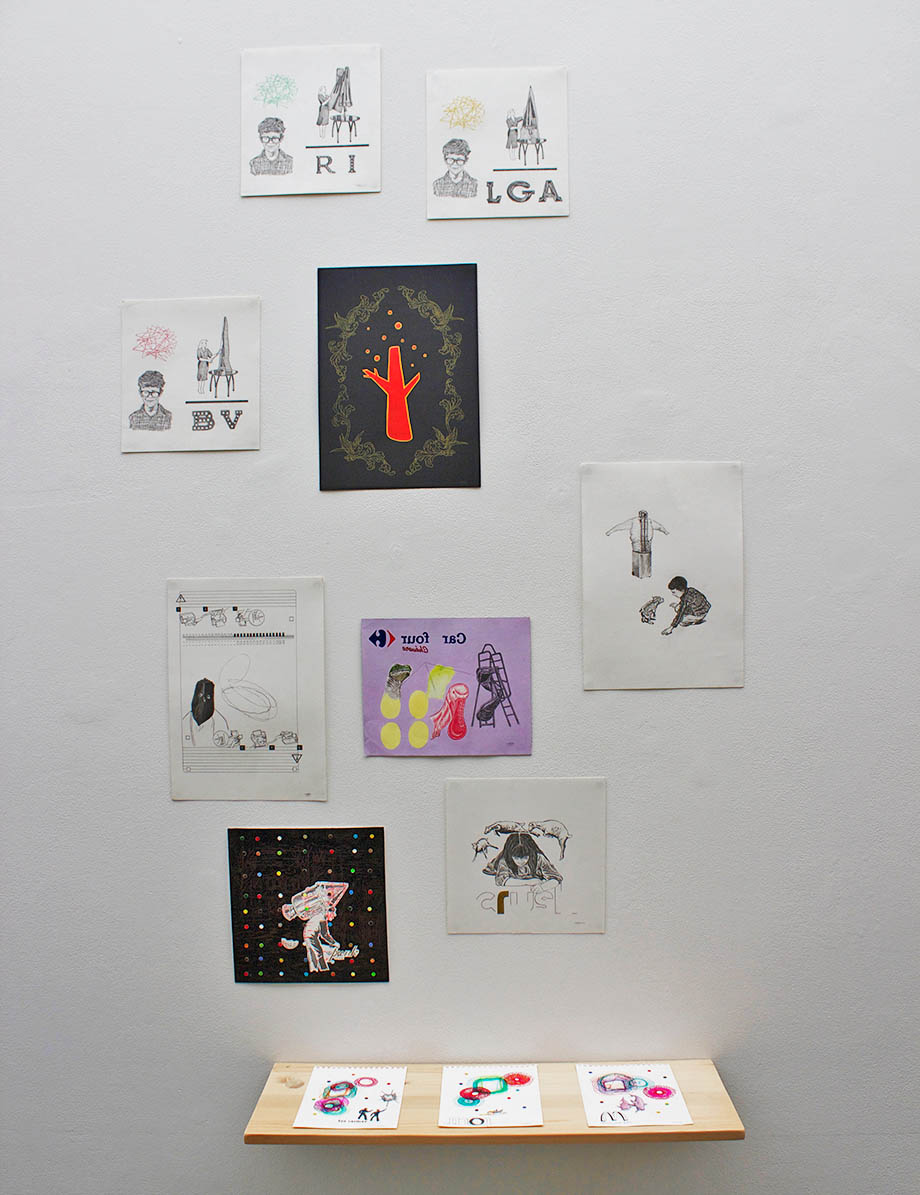VANISHING POINTS
Alberto Lezaca
Rodrigo Echeverri
Carlos Franklin
Widy Ortiz
Andrés Londoño
Nicolás Paris
Miler Lagos
Esteban Sánchez
María Fernanda Plata
Felipe Sepúlveda
Nicolás Cárdenas
Curator: John Angel Rodriguez
A vanishing point is the apparent convergence of parallel lines as they fade into the distance. It’s also a concept inherited from the practice of perspectival drawing. How do we define our vanishing point when the starting point is already diffused? Especially when considering that in today’s climate, stable rules we rely on, such as mathematics, no longer constitute trustworthy science.
Looking at the works of the artists gathered here, I began to reflect on the notion that the concept or creation of a vanishing point offers us a reinterpretation of the exercise of drawing. Accordingly, I subscribe to Gilles Deleuze’s argument that “we are continuously moving on parallel lines while interacting with the surrounding environment. Although those lines may not have been connected from the starting point, they could eventually merge in the expansion of their coordinates. The Fluxus between those lines is what generates a constant set of indeterminate possibilities.”
I identify the artworks of these creators as belonging to the following dynamic. In light of a particular phenomenon that has emerged in Colombia during the last ten years, these artists have all been developing their research and creative practices in a manner that seeks to engage Colombian art with the international art scene, rather than emphasizing the artists’ own local and Colombian experiences. As part of this process, concepts are continuously evolving, and a new narrative surrounding their native social circumstances has arisen. Consequently, they are moving towards an agency that can be assimilated into varying contexts. Colombian art is thus emerging from its principal struggle and point of interest, namely, the depiction of political conflicts within its social contexts.
The Vanishing Points exhibition brings together a selection of artists who have made significant and indeed pioneering progress within the Colombian contemporary art scene. The exhibition unites a generation of art practitioners who explore the visual and conceptual possibilities of drawing, ranging from site-specific installations to participatory education projects. Most of the artworks presented here result from various types of practice.
Rodrigo Echeverri creates paintings that generate differing rhythmic and geometric compositions that expand beyond the limits of the surface. Alberto Lezaca presents Concrete Irregularity, a project that takes as its reference the work Living Cells (1991–93) by the Israeli artist Meir Eshel, also known as Absalon. In this particular piece, the original geometric austerity of housing is transformed into a new structure. Carlos Franklin works actively in multidisciplinary projects. Bringing together his varied multimedia skills, his experiences have granted him considerable knowledge of documentary work and opera. Here he presents a stereoscopic video that offers a very specific choreography, while a signer for deaf persons recreates the movements of the dancer. Nicolás Paris’ principal medium is drawing as an exercise, which might be understood in terms of the creative workshop. Correspondingly, the workshop space might be considered a drawing process in itself. Esteban Sánchez highlights a range of situations hidden behind curious objects while playing with the notion of invisible relations. For example, one of his current installation pieces unveils the measurements of a handcrafted wrap and presents a set of drawings entitled Upraises (2010). Miler Lagos works with a range of mediums, using the materiality of the works to establish a relationship with the temporality of the creation of the artwork itself; here he displays The Rings of Time (2014).
María Fernanda Plata’s practice is shaped by her interest in architecture, providing her with a setting through which she can investigate numerous aspects of the human condition, such as transience, fragility, and the terminal. Widy Ortiz has created a series of drawings that utilize fragments of photographs. Approaching advertising through science fiction, he questions the value (or vanity and impotence) of imaging and the corresponding yet coincidental relationship between subject and object. His images form part of the Pop spectrum of our present iconography.
A program of supporting activities will encourage a wide range of visitors.
A creative workshop led by artist and university lecturer Nicolás Cardenas will encourage participants to experience the tactile nature of his installation. Nicolás analyses biological structures for the creation of his sculptures; the result of these pieces is a fractal disposition when they are displayed in the space.
Andres Londoño has created Kunstomerservice, a helpdesk designed to register and respond to the opinions of the general public. It is a platform that provides a space or point of encounter for all those who are accidentally, incidentally, or premeditatedly affected by the visual arts. Andres will deliver a performance that aims to engage the local community in his artistic initiatives.
Artist and university lecturer Alberto Lezaca de Paz will expose the themes that have inspired his installations by performing his industrial sonic compositions and projecting his interactive videos, both of which address the functions of technology within the context of art.
Felipe Sepulveda will conduct a series of walks through London to recreate his participatory project Tracks in the Earth; an artist-led initiative that gathers and joins displaced communities located on the outskirts of Bogotá, Colombia. The project aims to help the city’s peripheral inhabitants recover their collective identity through a process of revalorizing loss through the recognition of and engagement with memory. Sepulveda is currently working in partnership with Casa Daros to deliver education workshops in different South American cities and train primary school teachers in education while also employing his art practice as a methodology of social engagement.


